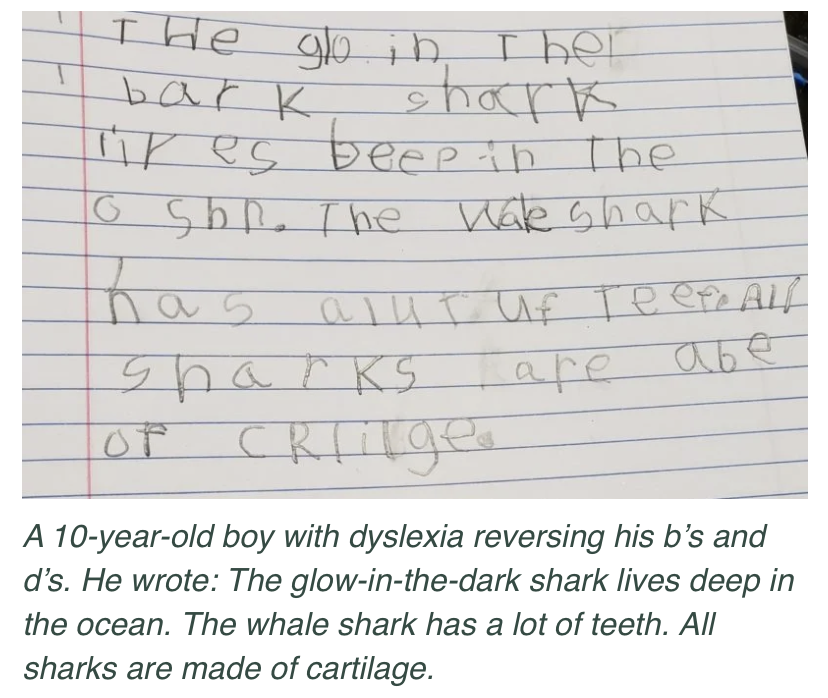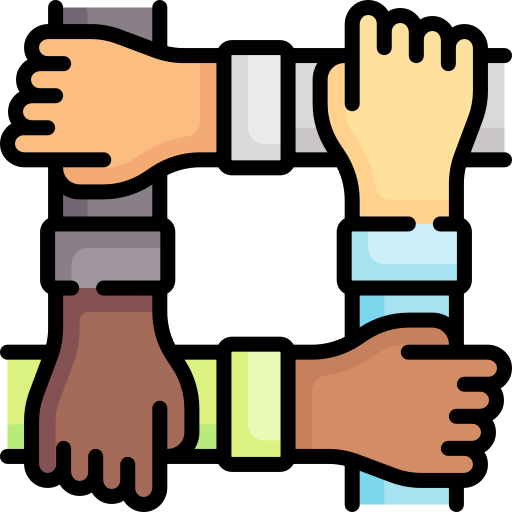
This logo isn't an ad or affiliate link. It's an organization that shares in our mission, and empowered the authors to share their insights in Byte form.
Rumie vets Bytes for compliance with our
Standards.
The organization is responsible for the completeness and reliability of the content.
Learn more
about how Rumie works with partners.
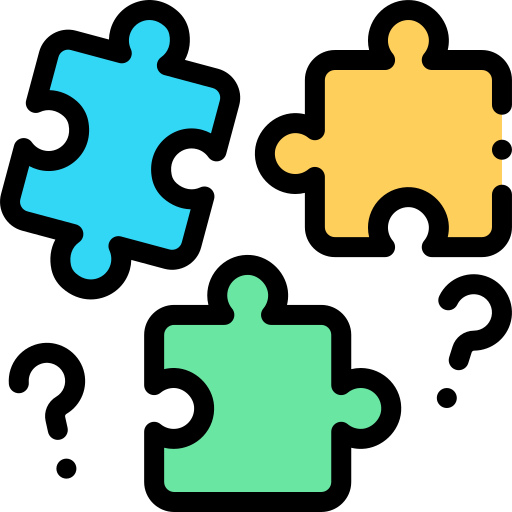 Imagine that everyone around you is pretty good at puzzle-solving. But to you, the pieces don’t make sense: shapes and borders don’t seem to align, the colors don’t help you figure it out and you don’t even have an idea of what the completed picture should look like.
Imagine that everyone around you is pretty good at puzzle-solving. But to you, the pieces don’t make sense: shapes and borders don’t seem to align, the colors don’t help you figure it out and you don’t even have an idea of what the completed picture should look like.
It’s hard work and you’re exhausted from trying.
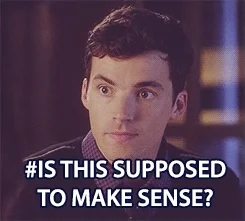
Having dyslexia can be like trying to solve a puzzle that is very hard to decode — one that you don’t have the right tools to solve, in a world where most people do it effortlessly.
Around 5-17% of students are believed to have traits of dyslexia. If you're a teacher, chances are you'll meet students with dyslexia who will need your understanding and help.
Learn more about the dyslexia characteristics and how they affect learners so you can help them in their “puzzle-solving” journey!
What is Dyslexia?

Learning to speak
Learning letters, sounds, and spelling
Organizing written and spoken language
Memorizing number facts or correctly doing math operations
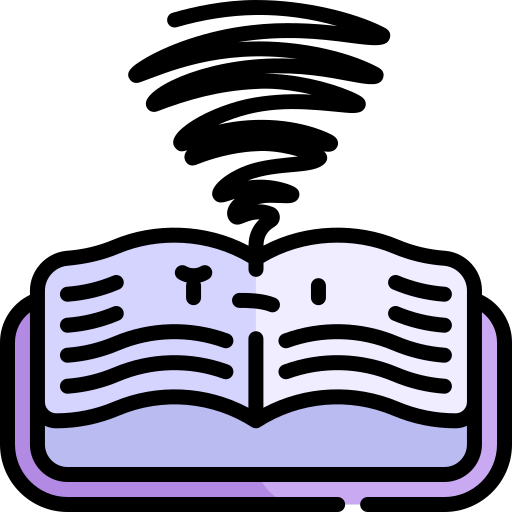
Reading quickly enough
Persisting with and comprehending longer reading assignments
Younger learners struggle to remember simple sequences, rhyming, memorizing names, and retrieving words
AbilityNet, a non-profit offering accessibility services, shares a simulation of common issues students with dyslexia may face when reading content on the web:
Not every student with the condition will show all these dyslexia characteristics and some learners with these challenges don't have the condition.
Dyslexia: Examples of Writing
Here are some of the key writing markers to look for when you think a student may be dyslexic:
Capitalization or punctuation issues: inconsistent or non-existent punctuation; difficulties using capital letters in sentences.
Spelling errors: missing letters, confusion with letters like p and q, j and g, and spelling words differently every time or reversing letters after years of instruction.
Length of task: writing takes much longer than what is expected.
The examples below show what dyslexia characteristics in writing may look like:
Misconceptions About Dyslexia

The University of Michigan has debunked some misconceptions about dyslexia. For example:
Dyslexia is “reading backwards".❌
It's not a visual issue. Letters and symbols look jumbled which makes it hard to understand them.
Dyslexia is a disease. ❌
It is, in fact, a brain condition with no "cure". While there’s no “fix,” targeted instruction can help students improve their reading skills.
It means lower cognitive ability. ❌
There is no relationship between IQ and dyslexia, and many learners with dyslexia are talented and gifted.
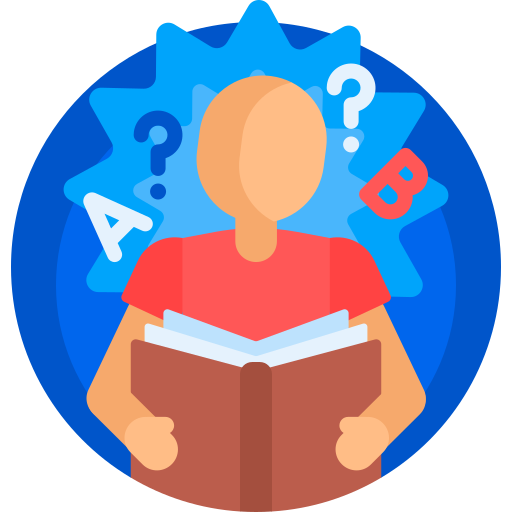
In the video below, Dr. Jacob Santhouse, a therapist with dyslexia, dispels some of the myths about the condition, including the idea that students can outgrow it by reading more or that it can only be diagnosed later in life:
Quiz
What misconceptions about dyslexic students should you keep in mind as a teacher? Select all answers that apply:
Educating yourself about the condition makes you a better advocate for your students.
How Does Dyslexia Affect Students?
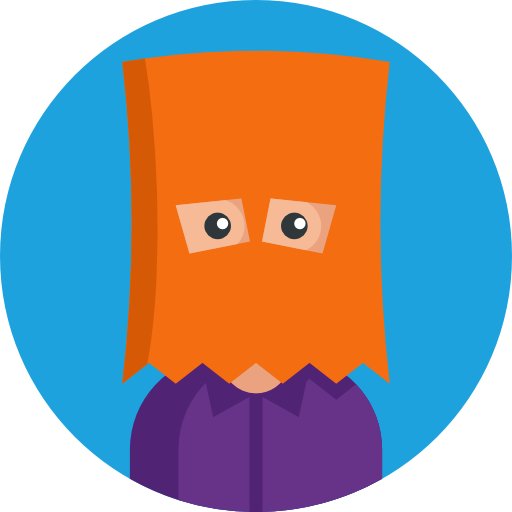
Students with dyslexia can feel stress and anxiety when they have to read and show their understanding. This can cause them to avoid situations where they feel embarrassed, make them cautious, and shy away from social interactions.
Example: A talented student who refuses to be part of a school play because they know they'll need to read lines to perform.

Dyslexia can also impact learners' self-confidence and self-image. They question if they're “smart enough" to take on challenges in life. This sense of inferiority can make them feel powerless or incompetent.
Example: A student who feels they're not likely to get a scholarship or pass an important exam because she thinks she can't read well enough to do well.
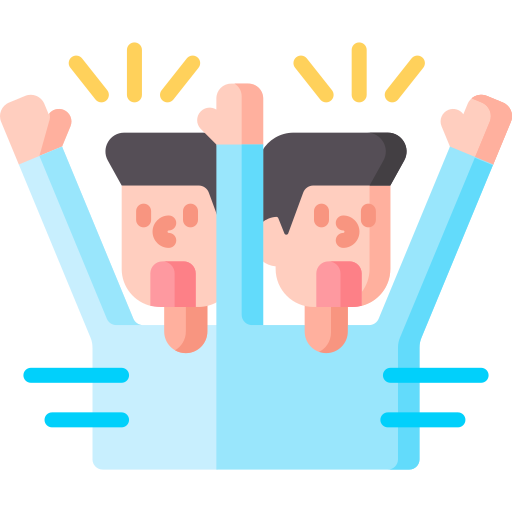
Students may feel depressed. This can manifest as misbehaving or becoming more active to cope with negative thoughts about their experiences.
Example: A 6th-grade student who often gets in trouble for disrupting class during reading block by talking to others, getting off their seat, or refusing to do work.
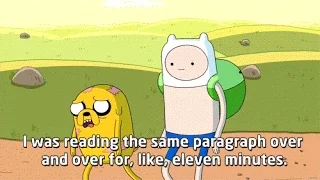
Quiz Time! ✅
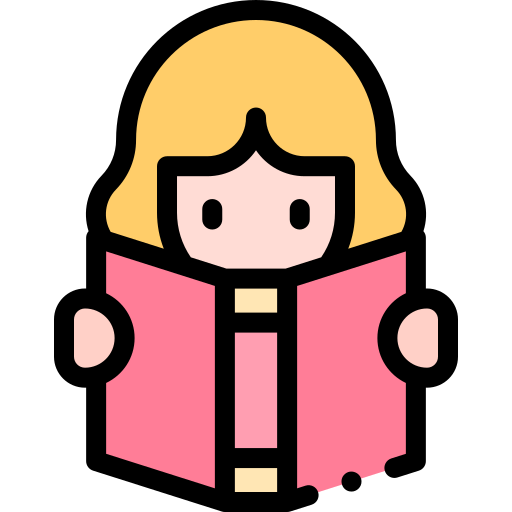 Maddy is a 4th-grade student who may have dyslexia. What are some dyslexia characteristics her teacher may observe? Select all that apply:
Maddy is a 4th-grade student who may have dyslexia. What are some dyslexia characteristics her teacher may observe? Select all that apply:
A. Maddy often takes longer than usual to read simple paragraphs.
B. She misspells high-frequency words and reverses letters.
C. Maddy feels uncomfortable during group reading and often avoids it.
D. Her low grades may indicate she has a lower cognitive ability.
Quiz
Select all the behaviors that might be associated with dyslexia characteristics:
A, B, and C are all issues that can impact people with dyslexia. Cognitive abilities aren't related to dyslexia, but lower grades can mean she is struggling with reading and learning due to her condition.
Tips to Help Students with Dyslexia Characteristics
Help them express their feelings. 📣
Create a safe space: Set aside time after class or during a designated check-in to talk about how they're feeling. Listen without judgment.
Provide creative outlets: Activities like journaling, drawing, or role-playing help learners express themselves in non-confrontational ways.
Encourage open communication: Explain that it's okay to ask for help or clarification when they feel lost.
Reward and evaluate their efforts, not just the product of their work. 🙌
Acknowledge their strategies: Praise them for using their coping mechanisms, like using audiobooks or graphic organizers to tackle challenging tasks.
Celebrate small wins: Recognize their progress, no matter how small (maybe they finished reading a paragraph independently for the first time or wrote a whole paragraph in a story).
Focus on growth: Talk about the effort they've put in and show how it leads to improvement.
Use the right words for feedback. ✨
Focus on specific actions: Instead of saying, "You're not trying hard enough," say, "Let's try using a different strategy to break down this problem."
Use positive reinforcement: Instead of only pointing out mistakes, highlight what they did well and how they can build on that.
Offer constructive criticism: Phrase feedback as helpful and actionable. For example, "Let's reread this sentence together and see if we can make it more clear."
Help students set realistic and achievable goals. 🚀
Break down large tasks: Help them split big projects into smaller, more manageable steps. This will make the goal seem less daunting.
Focus on progress, not perfection: Set goals based on improvement rather than achieving a perfect score.
Celebrate goal completion: Acknowledge their accomplishment when they reach a set goal, no matter how small.
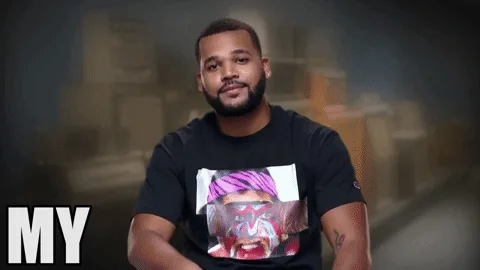
Take Action
 Photo by Van Tay Media on Unsplash
Photo by Van Tay Media on UnsplashLearn more about dyslexia characteristics and ways to help students:
This Byte has been authored by
Mariana Potter
Learning Designer and Educator
MAT
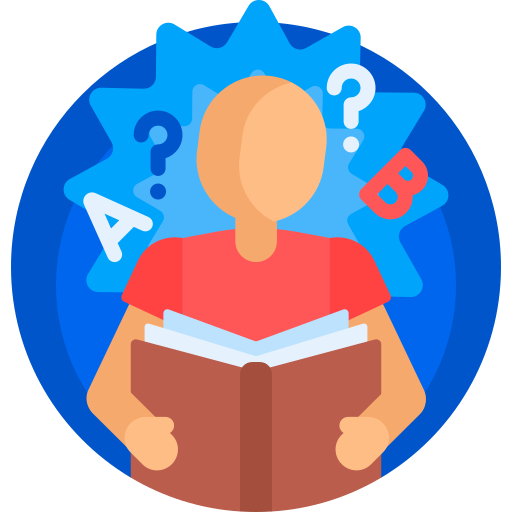
 Image courtesy of
Image courtesy of 